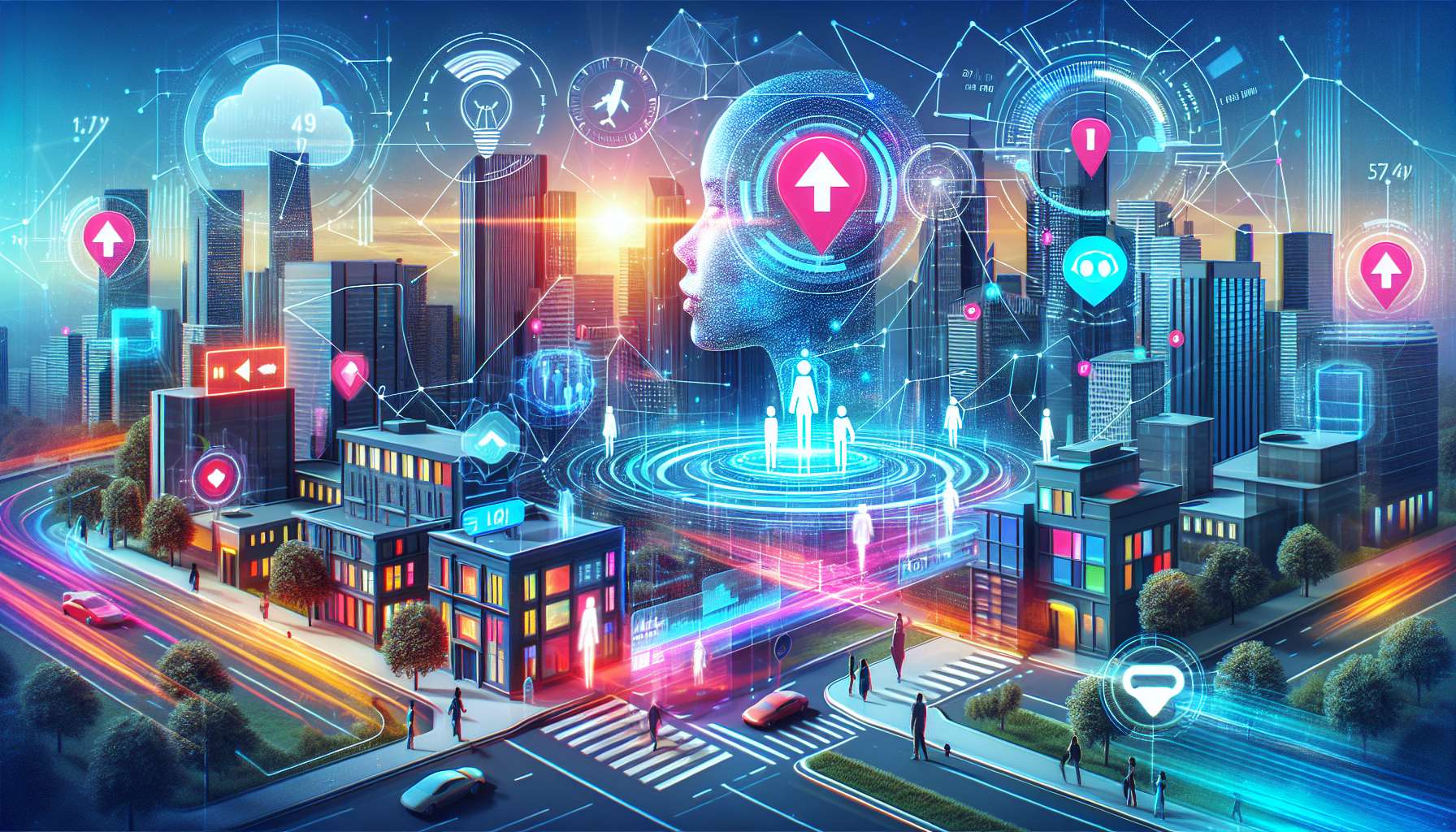Introduction
Augmented Reality (AR) has revolutionized various industries, and one area where it has immense potential is navigation. While GPS has been the go-to technology for navigation for years, AR takes it a step further by overlaying digital information onto the real world, providing users with a more immersive and intuitive navigation experience. In this article, we will explore how AR is transforming navigation and why it goes beyond the capabilities of GPS.
Enhanced Visualization
One of the key advantages of AR for navigation is its ability to enhance visualization. Traditional GPS systems provide turn-by-turn directions on a map, but AR takes it a step further by overlaying digital information onto the real world. This means that instead of looking at a map, users can see virtual arrows, street names, and other relevant information directly in their field of view. This not only makes navigation more intuitive but also reduces the need for users to constantly look at their devices, improving safety on the road.
Real-Time Information
Another significant benefit of AR for navigation is the ability to provide real-time information. GPS systems rely on pre-loaded maps and data, which can become outdated quickly. AR, on the other hand, can access real-time data from various sources, such as traffic updates, weather conditions, and points of interest. This means that users can receive up-to-date information about road conditions, accidents, and alternative routes, allowing them to make informed decisions and avoid potential delays.
Improved Accuracy
While GPS is generally accurate, it does have limitations, especially in urban areas with tall buildings or dense forests. AR, however, can overcome these limitations by using a combination of GPS, sensors, and computer vision. By analyzing the user’s surroundings and combining it with GPS data, AR can provide more accurate navigation instructions. For example, it can guide users through complex indoor spaces like airports or shopping malls, where GPS signals may be weak or unavailable.
Interactive and Personalized Experience
AR for navigation also offers an interactive and personalized experience. Users can customize their navigation preferences, such as the type of information they want to see or the voice they prefer for directions. Additionally, AR can provide contextual information based on the user’s interests or preferences. For example, it can highlight nearby restaurants, landmarks, or attractions based on the user’s search history or preferences, making navigation not only efficient but also enjoyable.
Future Possibilities
The potential of AR for navigation goes beyond what we currently experience. As the technology continues to evolve, we can expect more advanced features such as augmented reality glasses or contact lenses that seamlessly integrate with our surroundings. These devices could provide a truly hands-free navigation experience, allowing users to navigate without the need to hold or look at a device. Furthermore, AR could also be integrated with other emerging technologies like artificial intelligence and machine learning to provide even more personalized and intelligent navigation assistance.
Conclusion
Augmented Reality is transforming navigation by providing enhanced visualization, real-time information, improved accuracy, and an interactive experience. While GPS has been a reliable navigation tool, AR takes it to the next level by overlaying digital information onto the real world. As the technology continues to advance, we can expect even more exciting possibilities in the future. AR for navigation is undoubtedly a game-changer, offering a more intuitive, immersive, and personalized way to navigate our world.








